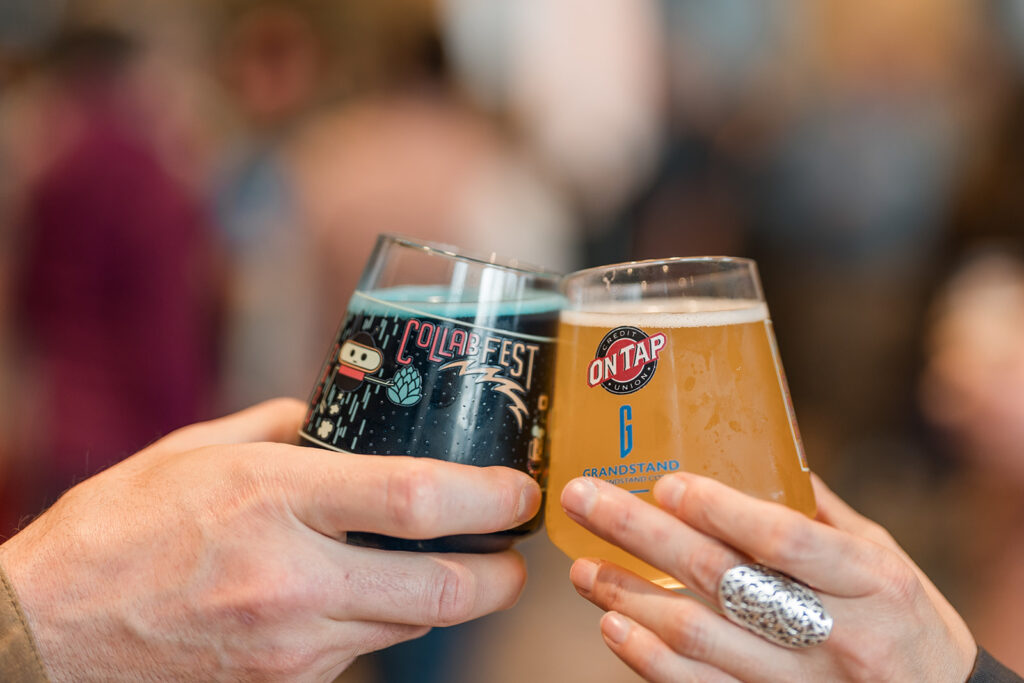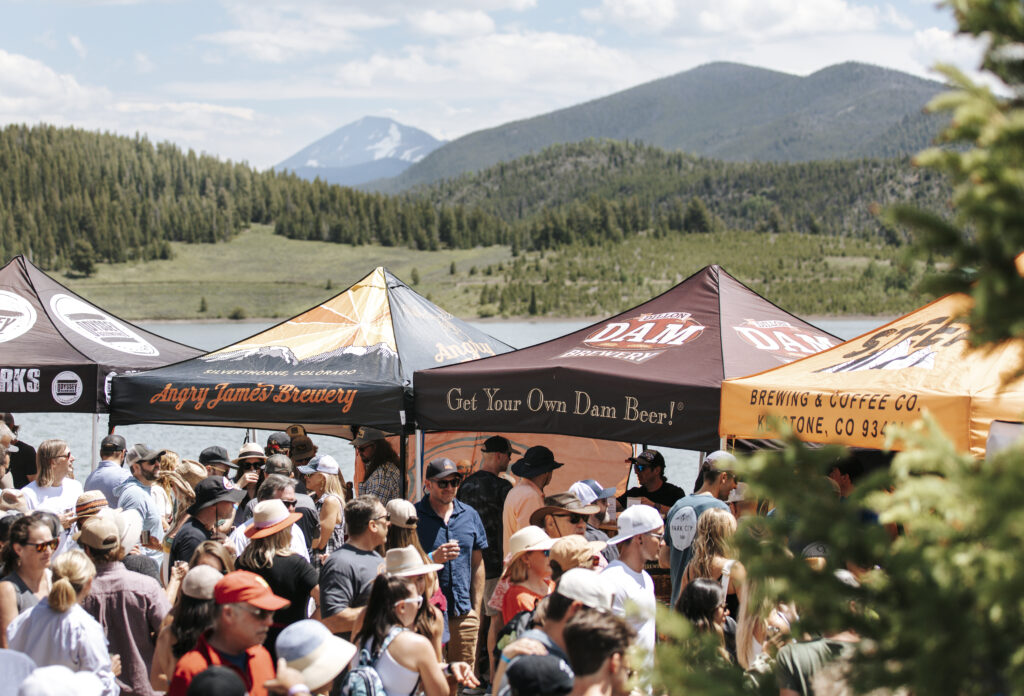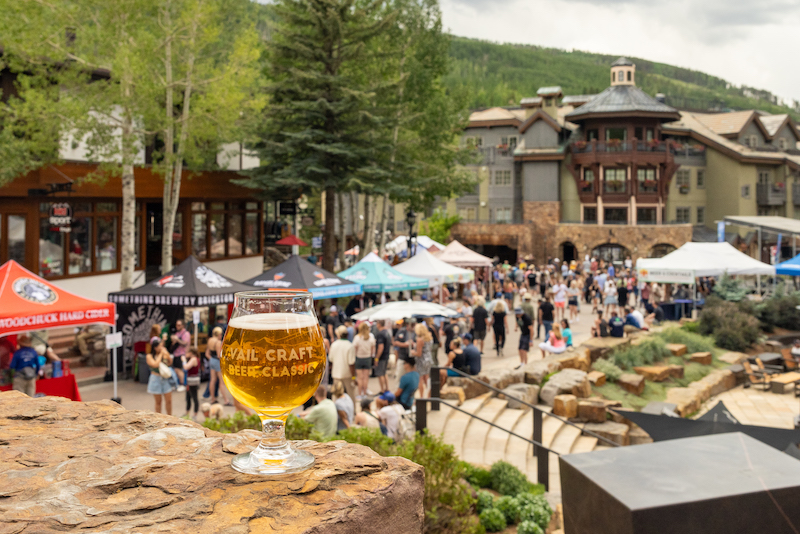The question of shelf life is a crucial one for breweries entering the retail market or expanding their distribution. It can also be a very expensive one to answer, when using best-practice techniques – namely a highly-sensitive oxygen sensor and can/bottle-cap piercer on the packaging line. This article will briefly examine the factors impacting shelf-life, and explore low-cost and highly effective methods of determining shelf life without the expense of purchasing new equipment.
The chemical processes that beer undergoes while aging are incredibly complex, and a rich source for current brewing science undergraduates’ research topics. However, there are a few basic rules that hold true in the majority of cases – bear in mind that increasing the variables in a specific beer will increase the likelihood that these rules do not apply (i.e., these will apply to a pilsner, but not necessarily to a blonde pumpkin stout brewed with sake rice and lagered on Chico yeast at 55-degrees Fahrenheit).
In general, as a beer ages:
- Bitterness decreases (as iso-α-acids are converted to ‘staling’ compounds)
- Sweetness increases (for the same reason, as relative bitterness is decreased the perception on sweetness increases)
- ‘Cardboard’ or ‘papery’ flavor increases (these are the ‘staling’ compounds, of which the best-known and researched is E-2-nonenal or)
- ‘Ribes’ or ‘catty’ or ‘blackcurrant’ flavor increases, tapers off, then plummets to none.
- In glass, light intrusion leads hops to break down and ‘skunk’ the beer.
ALL OF THESE ARE DUE TO OXYGENATION OF THE BEER, except skunking. The one that is least talked about in craft brewing, ribes, is due to the oxidation of certain hop compounds in beer that has excessive headspace oxygen, and increases over the course of 2-8 weeks from packaging before falling back down from weeks 8-24. When headspace oxygen is kept extremely low, this process does not occur and the perceived ribes flavor remains constant from the time of packaging through the time of consumption. As many of the flavors associated with stale beer are in some way related to hops, it stands to reason that hoppier beers will stale faster than a low-hop beer given the same set of circumstances. Also, all of these reactions take place faster the warmer the beer is – this basic principle of chemical reactions can also be exploited to force age the beer in experiments (more on this below).
While there is ongoing debate about the importance of reducing oxygen exposure in during mash-in, of far greater importance is the exposure of oxygen following the start of active fermentation. For brewers looking to increase shelf life, eliminate all possibility for cold-side oxidation prior to concerning yourself with hot-side.
The most common sources of cold-side oxidation are:
- Oxygen being in a tank into which a beer is being transferred, due to incomplete carbon dioxide purging.
- Oxidizing cleaner or sanitizer residuals remaining in a tank into which beer is being transferred.
- Poor packaging technique (particularly an ineffective FOB, or foam-over-beer, prior to lidding).
- Excessively turbulent transfers or packaging in the presence of oxygen.
All of these can be reduced through proper training and careful procedures. Best practice is for finishing tanks to be cleaned under carbon dioxide pressure using an acid cleaner, and all rinses to be performed using deoxygenated water – the former is far easier to do, as deoxygenated water is a luxury that most brewers don’t have the time or money to use. Another (not terribly common) method of reducing oxidation is to add sulfur dioxide to the beer to scavenge the cardboard flavors, though this may require adding a warning label.
Despite knowing the sources and taking precautions to prevent premature aging of beer, all beer does have a shelf life. Furthermore, all beers have different shelf lives, even from the same brewery. While the majority of brewers throw a 3-months expiration date on their product and call it good, this is likely letting a large amount of sub-optimal beer enter the market and discourage customers. Fortunately, it is incredibly easy to figure out the timeframe for an individual beer’s best consumption, it just takes time.
When establishing shelf life without extra equipment, all that is needed is shelf space in cold storage and warm storage (room temp or just above). During each brand of beer’s packaging run, pull aside 12 to 24 beers for each shelf, making sure the batch number and packaging date are marked. Then, at least twice a month, compare a cold-stored beer to a warm-stored beer (that has been cooled down prior to tasting, of course) – for this process, it is important to keep your notes organized, and a sensory form is highly recommended. A simple form ranking from 1 to 5 for categories of flavor, aroma, appearance, and how true-to-brand it seems, plus places to indicate stale character and whether the beers are marked different and if so, which seems better. Do not sample 20 beers in a sitting – in fact, it is best to just do one or two tastings in a sitting when establishing shelf life. By regularly recording this data, a pattern will emerge for each brand of beer as to when it becomes stale beyond an individual brewer’s comfort. This process will likely take from 3 to 6 months, but is extremely low cost and high return. The information gleaned will give beer-specific expiration dates, and can be extrapolated to similar beers brewed on the same system when they are introduced to market.
This procedure can be enhanced by comparing the two aged beers (cold and warm storage) to a fresh beer of the same brand – it is recommended that the tasting occurs on a day in which that brand is being packaged again, if possible. I.e., if you package Brand X twice a month, do this vertical tasting of Brand X on those days. On your tasting forms, record the fresh beer alongside the others. An additional tasting of a force-aged beer can also be done – by storing a beer warm (140 degrees Fahrenheit) for one day, you can mimic one month of warm storage or roughly one year of cold storage. This process is used to quickly determine the staling potential of a beer, though it does tend to over-accentuate the papery/cardboard flavor while under-emphasizing the other effects of aging. This works by increasing the reaction rates of the aging processes, per the Arrhenius equation. A rough guide to temperature’s effect on staling beer can be summarized as follows (for a low-hop beer with minimal oxygen or headspace, not intended to replace procedure described above):
| Temperature (C) | Temperature (F) | Days to Staling |
| 0 | 32 | >>> |
| 10 | 50 | 330 |
| 20 | 68 | 110 |
| 30 | 86 | 30-35 |
| 40 | 104 | 10-12 |
| 50 | 122 | 3-4 |
| 60 | 140 | 1 |
Do you do anything differently? Did I miss something important? Want to bestow praise or condemnation? Questions, queries, or quagmires? Please leave feedback for this and any of our posts at: https://goo.gl/forms/lZqIJ09H7zSIEYqi1
Sources
Clapperton, J. F., Journal of the Institute of Brewing, 1976, 82, 175-176.
Bamforth, Charles W. (ed.) Beer: a Quality Perspective. Academic, 2009.
Michael J. Lewis and Tom W. Young Brewing: Second Edition. Aspen Publishers, 2001.
Charles W. Bamforth, UC Davis Master Brewers Program. Lectures. Jan-April 2015.
Michael J. Lewis, UC Davis Master Brewers Program. Lectures. Jan-April 2015.
Written By Alan Windhausen
Lead Brewer, Pikes Peak Brewing Co.









